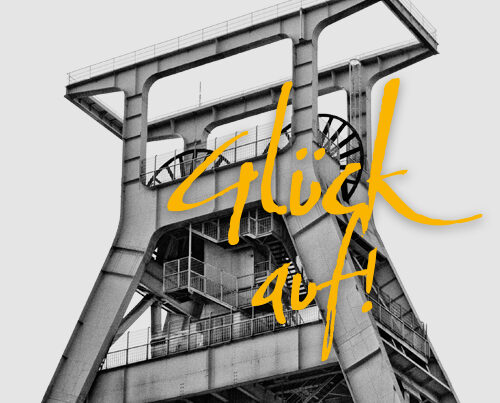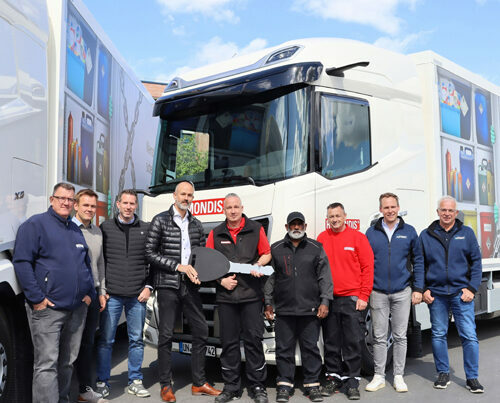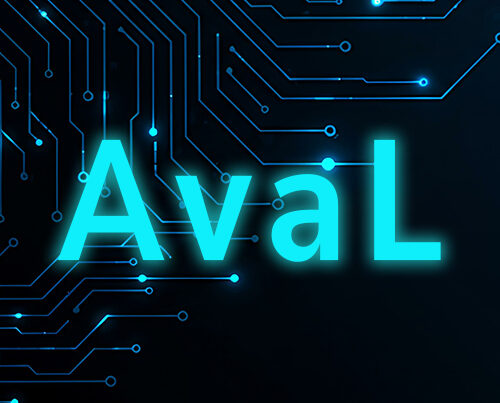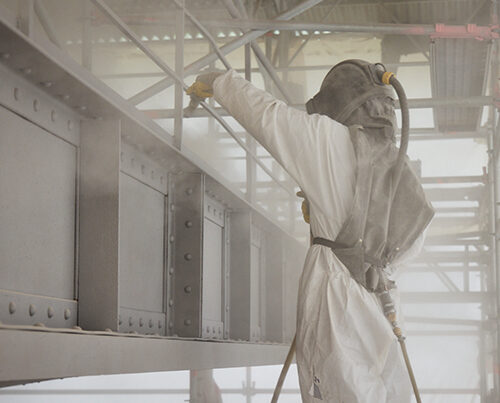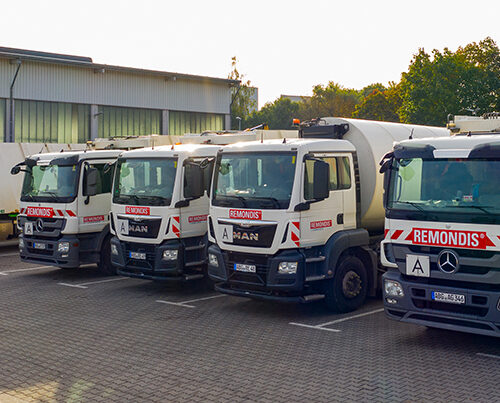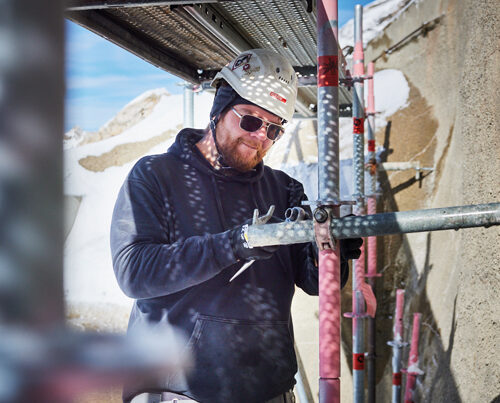A technical innovation is no coincidence. On the contrary, it is the result of many years of development work. The industrial services specialist BUCHEN UmweltService is constantly looking to drive forward such individual solutions in-house – a task that also involves remaining in close contact with the company’s customers and teams of operatives.
The key driver behind this innovative spirit is the company’s technology department. Branislav Radu, an engineer and head of the department, explained in a recent interview just how important the department is for the business – and describes the ‘typical’ pathway a new development takes.
BUCHEN’s innovation activities are continuously growing: at the moment, around 30 new developments or further developments are worked on every year.
RE:VIEWS: Mr Radu, BUCHEN UmweltService is well-known in the industrial cleaning sector as being a driver of progress. How exactly did this reputation come about?
Branislav Radu: Primarily from our future-oriented stance – something that is seen as being very important throughout the company. The innovative spirit resulting from this has led to a series of new developments over the years that are now being used as part of our day-to-day operations. Our technology division has around 20 patents and registered designs. These technologies range from innovations for high-pressure jet cleaning, to cleaning devices, all the way through to remote-controlled automated equipment and robots for cleaning industrial facilities and plant parts.
RE:VIEWS: What are the advantages of developing such innovations?
Branislav Radu: The main advantages are that they increase customer benefits, enable us to offer an optimised range of services and give us a greater competitive edge. By continuously bringing out innovations, BUCHEN UmweltService gains additional USPs and, importantly, sets the course so it can drive forward its high safety and quality standards even further. And then there’s the issue that it is becoming more and more complex to actually deliver industrial services and use the technology because of the ever more stringent safety, environmental and efficiency regulations. By systematically managing and working on innovations, we succeed in finding solutions for these constantly changing requirements.
RE:VIEWS: What is the focus of your projects? In which fields are you driving forward technical innovations?
Branislav Radu: Our focus is on industrial cleaning work. Within this particular field, we primarily concentrate on high-pressure jetting technology as well as on developing new – or further developing – technical equipment in the area of mechanical engineering and vehicle technology. For the most part, these projects aim to address customer requirements and further improve employee safety. One specific focus of our development activities is on automation as it unites both goals. Automated technology, for example, benefits our customers as it enables us to deliver high quality results and perform the tasks more quickly. What’s more, automation much improves safety levels as the operatives don’t have to physically carry out potentially dangerous tasks themselves. Instead of having to stand in a hazardous environment, they can control the processes from a safe distance. Furthermore, we also factor in ergonomic aspects in our developments to further improve the working environment for our employees.
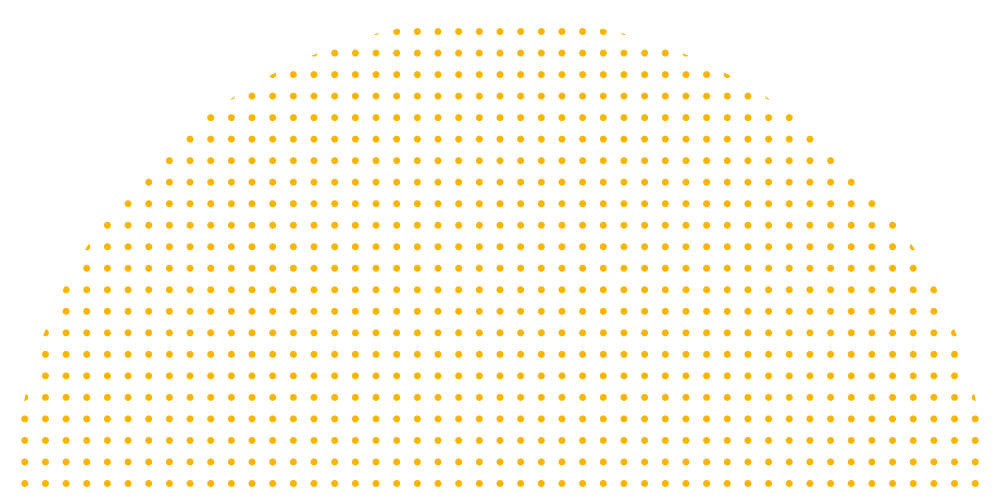
Automated Industrial Cleaner (AIC)
As its name suggests, the Automated Industrial Cleaner (AIC) developed by BUCHEN UmweltService is a robot cleaner that allows plant parts to be cleaned using an automated high-pressure water jetting system. It stands out from other systems as it provides a safe alternative to manual high-pressure jetting work and delivers efficient cleaning results thanks to its higher pressure/water flow ratio. This mobile system is easy for operatives to set up and start using wherever it is needed.
Find out more: The robot cleaners of the future
RE:VIEWS: Your technology department is a key innovation engine.
Branislav Radu: Our technology department is not the only innovation engine. It is, though, the main driving force behind it. It also plays a central liaising role to make sure that our company uses the best possible technology available. Being the market leader, it is our mission to lead in the area of technology as well. If we’re to live up to this goal, then we must also have the resources and the know-how required for innovations. The company meets these conditions with its technology department – and has created a basis that other market players simply don’t have.
RE:VIEWS: There’s always a reason for developing an innovation. Where do you get your ideas for such new developments?
Branislav Radu: We always get our ideas for developing new equipment and improving existing technology from the company’s work. Just as our innovations are always practical and tried and tested solutions that can be used by the company. When it comes to applications engineering, for example, the technology department assists in projects that focus on the company’s everyday business, on the cleaning equipment that can be used and on the most suitable processes. This often leads to us spotting where there is potential to develop new equipment or improve existing machinery. We then make the most of this potential to offer targeted solutions.
Our operational teams also provide ideas for innovations. They can spot where there is room for improvement when they carry out their work and put forward suggestions for how things could be improved, for example via our idea management scheme. We look at these suggestions and then develop them further. What’s more, we regularly hold our ‘Technology Forum’ to enable all of the technology managers from home and abroad to get together. This event is used to discuss and swap ideas about the technology and processes they’ve used as well as to talk about the technical challenges they’ve faced. This is something that often leads to new innovation projects being set up. In some cases, the forum participants also come up with initial ideas for how to approach the subject. Innovation projects are also initiated this way as the company’s management team believes it can be very useful to actively develop innovations.
RE:VIEWS: So what does the development process actually look like?
Branislav Radu: We talk to manufacturers, our customers, our suppliers and our operational teams and work very closely with them whenever we plan new developments. The first step is to clarify and specify the project’s general framework conditions, such as the requirements, wishes, budget and goals. Once we’ve done that, we then look to see whether we can use our own decades of scientific know-how to save time and money. Alongside this, risk analyses, feasibility analyses and a make-or-buy analysis are carried out.
Projects are realised according to our standardised project management plan. This involves four phases: conception, implementation, test runs and documentation. Our design engineers first develop and assess a number of different concepts and create CAD models, detailed drawings and FEM calculations. This is then followed by a series of tests, which are carried out under realistic working conditions. We use our 3D printer here as this is a quick and low-cost way to make prototypes. While the construction work is being done, our technical writers make sure that all relevant standards and guidelines are taken into consideration, especially regarding equipment and plant safety. Once this stage has been completed, our application engineers test the prototypes in several trial runs under realistic working conditions to check they’re safe and fit for purpose and meet the quality standards.
“We always get our ideas for developing and improving technology from the company’s work. Just as our innovations are always tried and tested solutions that can be used by the company.”
Branislav Radu, Head of the Technology Department at BUCHEN UmweltService
HYDROMATE®
BUCHEN UmweltService’s HYDROMATE® is a pioneering solution that enables the inside of plate heat exchangers to be cleaned using a fully automated system. Two key benefits of this innovation are that it delivers a reproducible cleaning performance and simultaneously records the cleaning results. What’s more, it is a very safe system to operate, is highly reliable and saves time as the operatives require fewer breaks.
Find out more: A fully automated system for cleaning heat exchangers
RE:VIEWS: Your organisation differentiates between application engineers and design engineers. What’s the difference between the two?
Branislav Radu: The best way to explain this is to take an example that depicts a typical work process. Our operational units can contact the technology department whenever they need technical support. If they choose to do so, our application engineers travel to the site in question to analyse the current situation with the relevant colleagues and, where applicable, with the customer. They then draw up a suitable solution and help those on site to implement it. If, however, our application engineers determine during the on-site analysis that a new development is needed or that existing equipment needs to be further developed, then they call in our design engineers. Based on the analysis of the current situation, our design engineers set about creating a target design using a variety of creativity techniques and then turn this design into an actual product. Should this solution prove to be a success and become an established process, we archive it in our knowledge database and inform the whole of the company about it. At the end of the day, something that helps one operational unit can also be useful for other teams.
The company’s Technology Forum is held regularly to enable all of the technology managers from home and abroad to get together.
RE:VIEWS: Do you also collaborate with other in-house departments or with external partners?
Branislav Radu: We cooperate closely with specialist in-house departments, such as QHSE&S and personnel development. We also work with procurement as we have the technology expertise and can advise them on technological equipment, machinery and processes. We also support our colleagues who wish to invest in large-scale equipment – from helping them to draw up the specifications, to requesting quotations and monitoring orders, through to carrying out the final inspection. Outside the company, we work closely with manufacturers and suppliers as well as with the committees of various industry associations. On top of this, we also collaborate with development partners, such as universities.
RE:VIEWS: Let’s assume a prototype has passed all the trial runs and the innovation must now be introduced into the field. How do you go about doing this?
Branislav Radu: The successful development, i.e. the finished product, is handed over to our operational colleagues together with the technical documentation including the CE certification, quality tests and our final in-house report. After our colleagues have received the relevant instructions or taken part in a seminar to learn how to use the innovation, they can then use it in the field. Our application engineers accompany these colleagues the first few times they use the equipment to provide help should it be needed. They also remain in close contact with one another afterwards – in particular with the operatives using the equipment – to get their feedback and look whether the innovation can be further improved.
Automated through-feed wash system
BUCHEN UmweltService developed its automated through-feed wash system for cleaning small parts. The contaminated parts pass through the unit and are cleaned by high-pressure water jets; if necessary, they can be put through the wash system several times. Environmental factors were also taken into account here: a special system has been integrated into the unit that ensures a structured process is used to remove the used water.
RE:VIEWS: How does BUCHEN UmweltService protect its successful innovations?
Branislav Radu: We carry out patent research work during the actual development process to make sure that we’re not violating existing patents. This research also shows us whether there’s the potential for us to initiate our own patent application. If this is the case, we first check whether the innovation is eligible for a patent or registered design. We also deal with the whole of the patent process ourselves – from handing in the application, to being granted a patent, through to the patent expiring. We also keep a close eye on deadlines and regularly review the economic benefit of our registered patents.
RE:VIEWS: Technological progress is speeding up in practically all areas. Will the importance of technical innovations continue to grow in the industrial cleaning sector?
Branislav Radu: Most definitely. Safety, environmental and efficiency requirements will continue to get stricter in the industrial cleaning sector. I personally think that that’s both important and a good thing. From point of view of safety, each and every accident at work is one accident too many. This reason alone is what drives us to develop safer innovations for our colleagues working in the field. At the same time, the carbon-cutting goals are creating technical challenges for all sectors. It will also be the innovations that make the difference in this area in the future. And then there’s the whole issue of the skills shortage. Innovations help us to make workplaces more ergonomic, safer and, as a result, more attractive. Not to mention the fact that our colleagues much prefer using state-of-the-art technology. Last but by no means least, our company motto applies more strongly than ever here: we are quite simply “working for the future”.
Image credits: © BUCHEN







